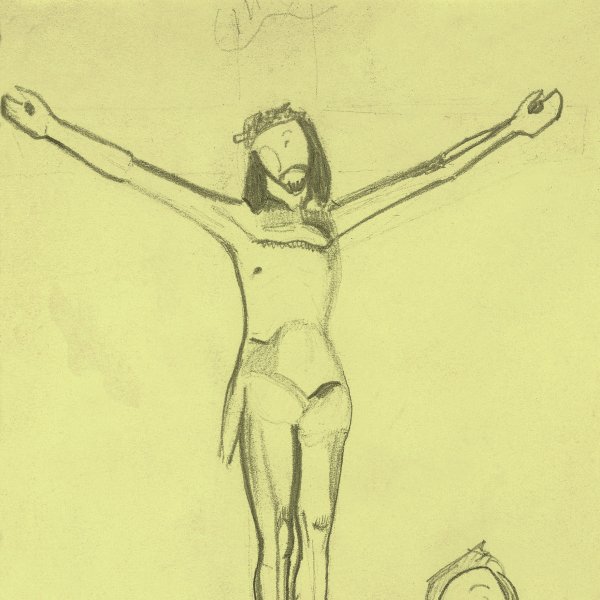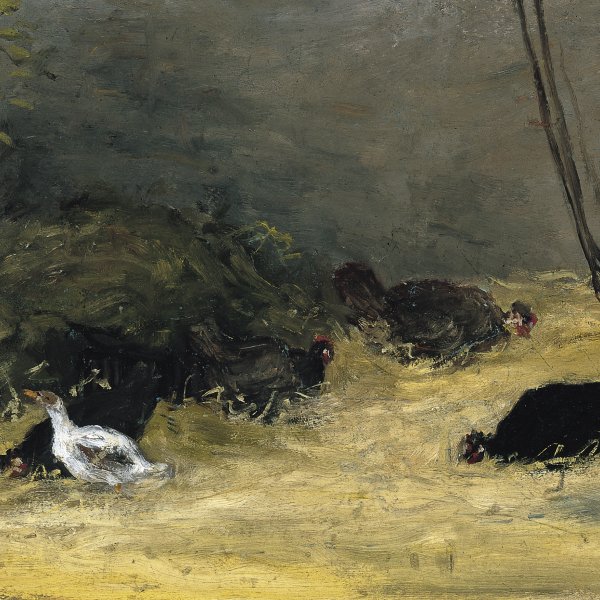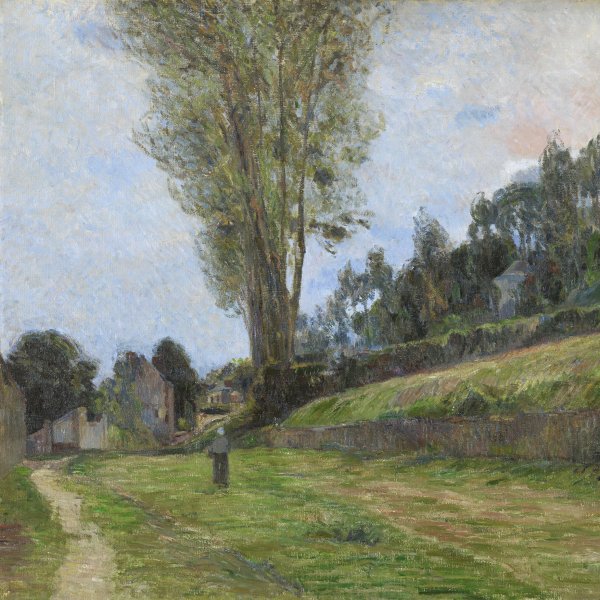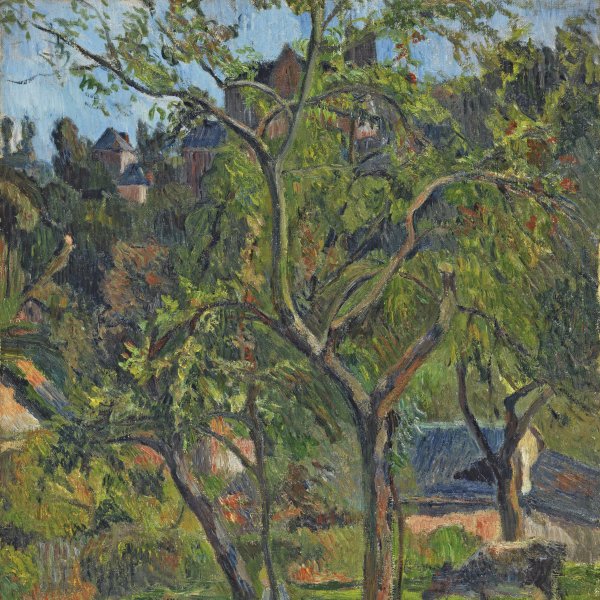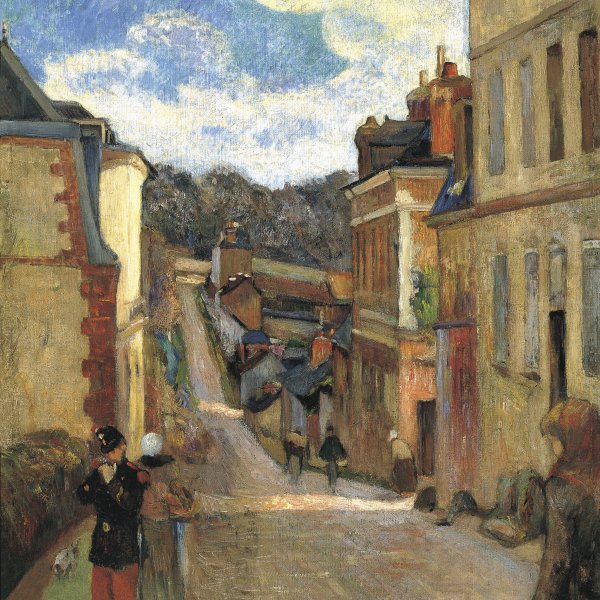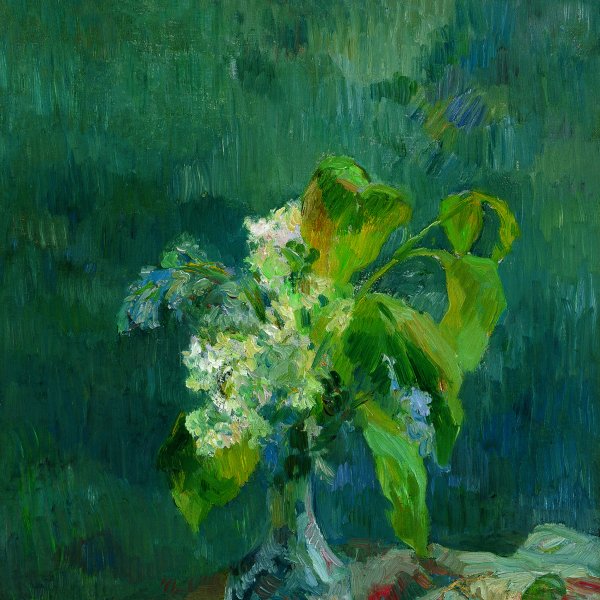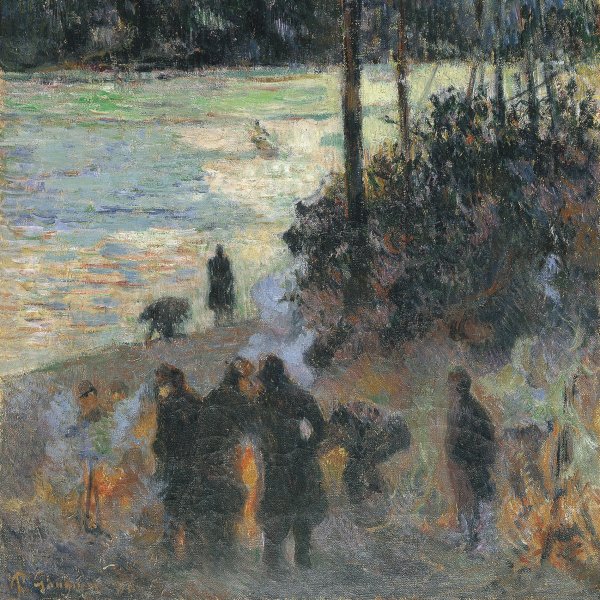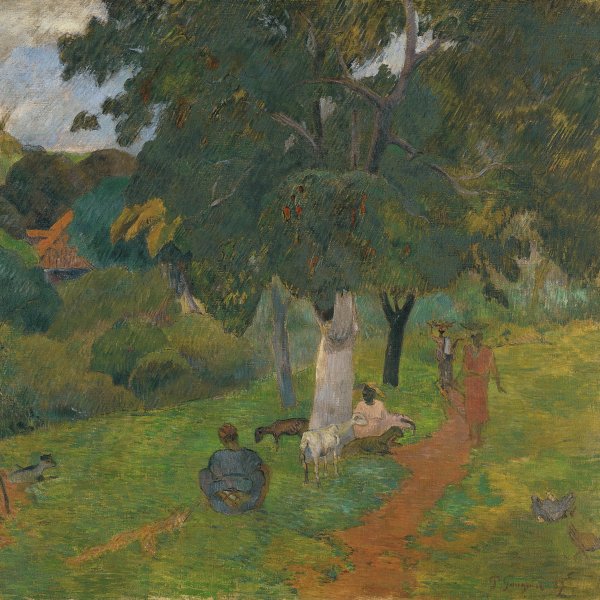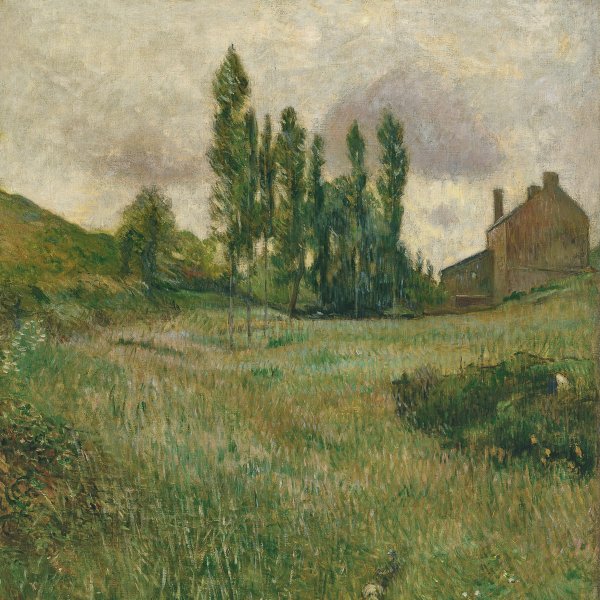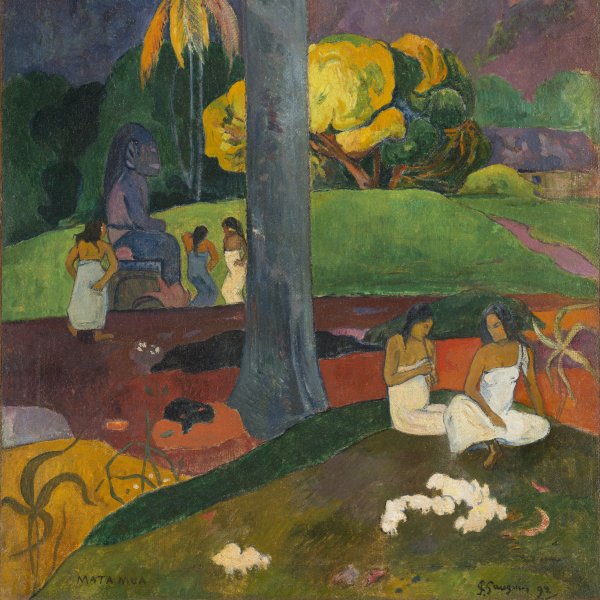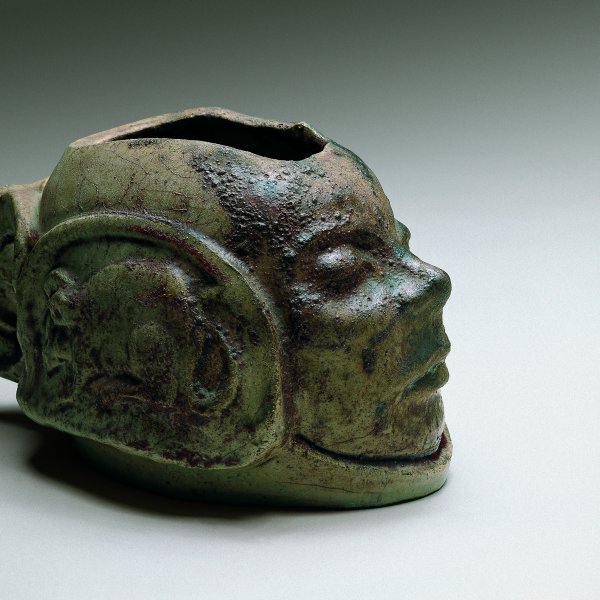Paul Gauguin
After starting out as a painter within the Impressionist movement, Paul Gauguin shifted towards Synthetism and Symbolism, making him one of the most influential artists of the late nineteenth century. Fatherless from the age of three, Gauguin spent his childhood between the cities of Paris and Lima, where part of his mother’s family was from. Uninterested in studying, in 1865 he set sail for Rio de Janeiro and spent the following years of his life travelling around the world. He later worked in Paris as a stockbroker’s agent, an activity he combined with a growing interest in painting and art collecting. It was after the financial crisis that struck France in 1882 when Gauguin, by then married with four children, decided to devote himself fully to painting. His relationship with Camille Pissarro appears to have played a part in this decision and therefore, after loosing his job, Gauguin moved to Rouen, where the Great Master of Impressionism was living at the time. Driven by family circumstances, Gauguin went to live in Copenhagen, his wife’s city of birth, in 1885, but returned to Paris with his son Clovis that June, becoming interested in ceramics.
Following a visit to the painter Charles Laval on the island of Martinique in 1887, during which his style began to turn away from Impressionism, Gauguin made the first of his trips to Pont-Aven in Brittany. There he came into contact with Émile Bernard, whose style would have a determining influence on him. Gauguin embraced Bernard’s Cloisonism of flat colours and the use of line in the manner of stained-glass window craft, stamping it with his personal, symbolist imprint. His Vision of the Sermon (Edinburgh, National Gallery of Scotland), executed in 1888, epitomises this stylistic period. He later met Paul Sérusier, an instrumental figure in the establishment of the Nabis, who regarded Gauguin as an example for both his painting and his legendary personality.
At the end of the 1890s Gauguin came into contact with the Van Gogh brothers. Theo became his dealer and Vincent invited him to share artistic experiences with him in Arles at the end of 1888. His growing interest in Primitivism drove him to organise a sale in 1891 to pay for his trip to Tahiti. However, on arriving in Papeete he did not find the imagined lost paradise: Western influence was considerable on the island, and after moving house several times and being stricken by various diseases, he decided to return to France in 1893. His return also failed to live up to expectations, as the paintings and sculptures he had executed in Tahiti did not attract much attention. Once again plagued by financial straits and disappointment, despite arousing admiration in a few avant-garde circles, Gauguin decided to leave the country for good in 1895. After a few years of very little artistic activity in Tahiti, in 1901 he settled in Hiva Oa, in the Marquesas Islands. There he at last found a primitive civilization uncontaminated by the West to inspire him, and, despite his health problems, he enthusiastically painted what were to be his last works.

